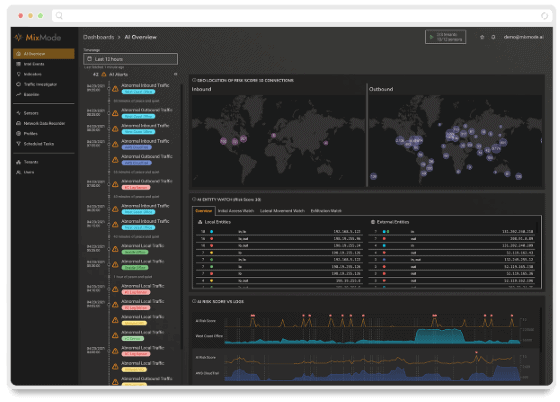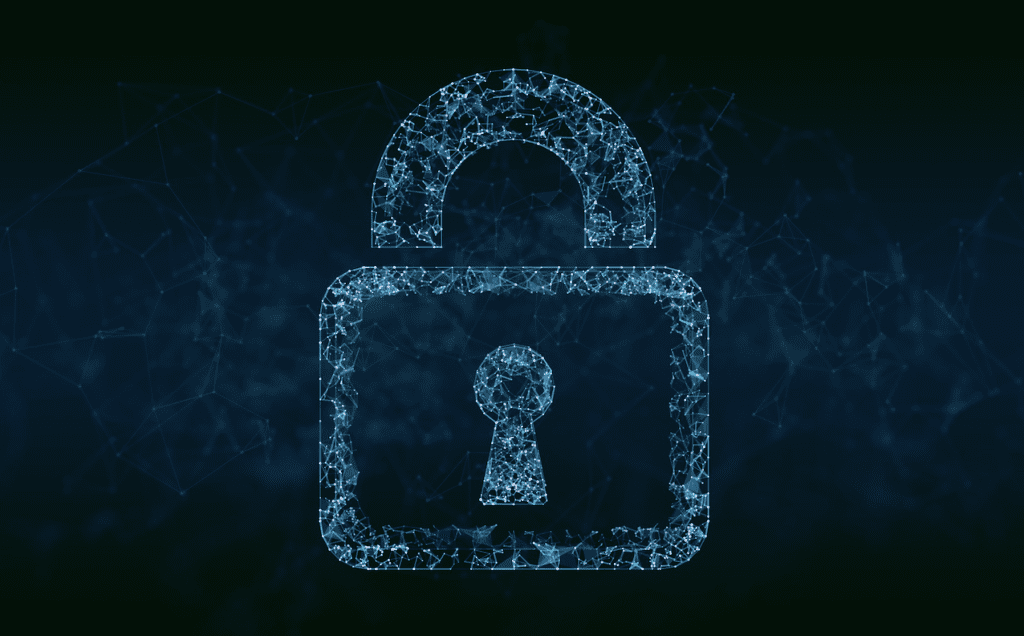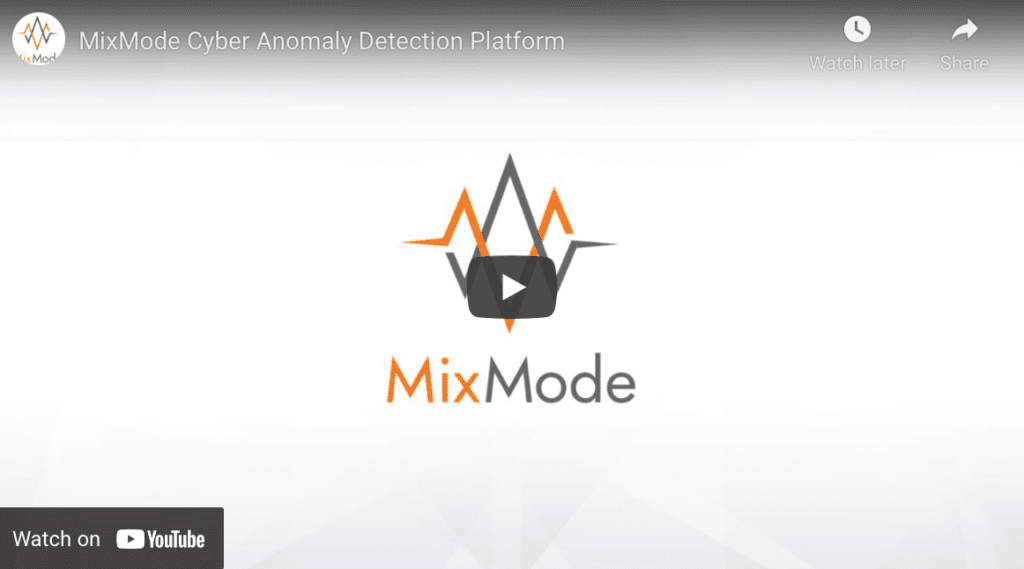Video: Modernizing Phoenix’s Cybersecurity to Combat Nation-State Attacks
Shannon Lawson, CISO for the City of Phoenix, and Geoffrey Coulehan, Head of Sales for MixMode recently joined forces for a fireside chat at the Evanta CISO Summit in Phoenix, AZ. Lawson and Coulehan have been partnering together for almost three years to transform the City’s cybersecurity initiatives and Security Operations Center (SOC).
Video: Modernizing Phoenix’s Cybersecurity to Combat Nation-State Attacks Read More →









